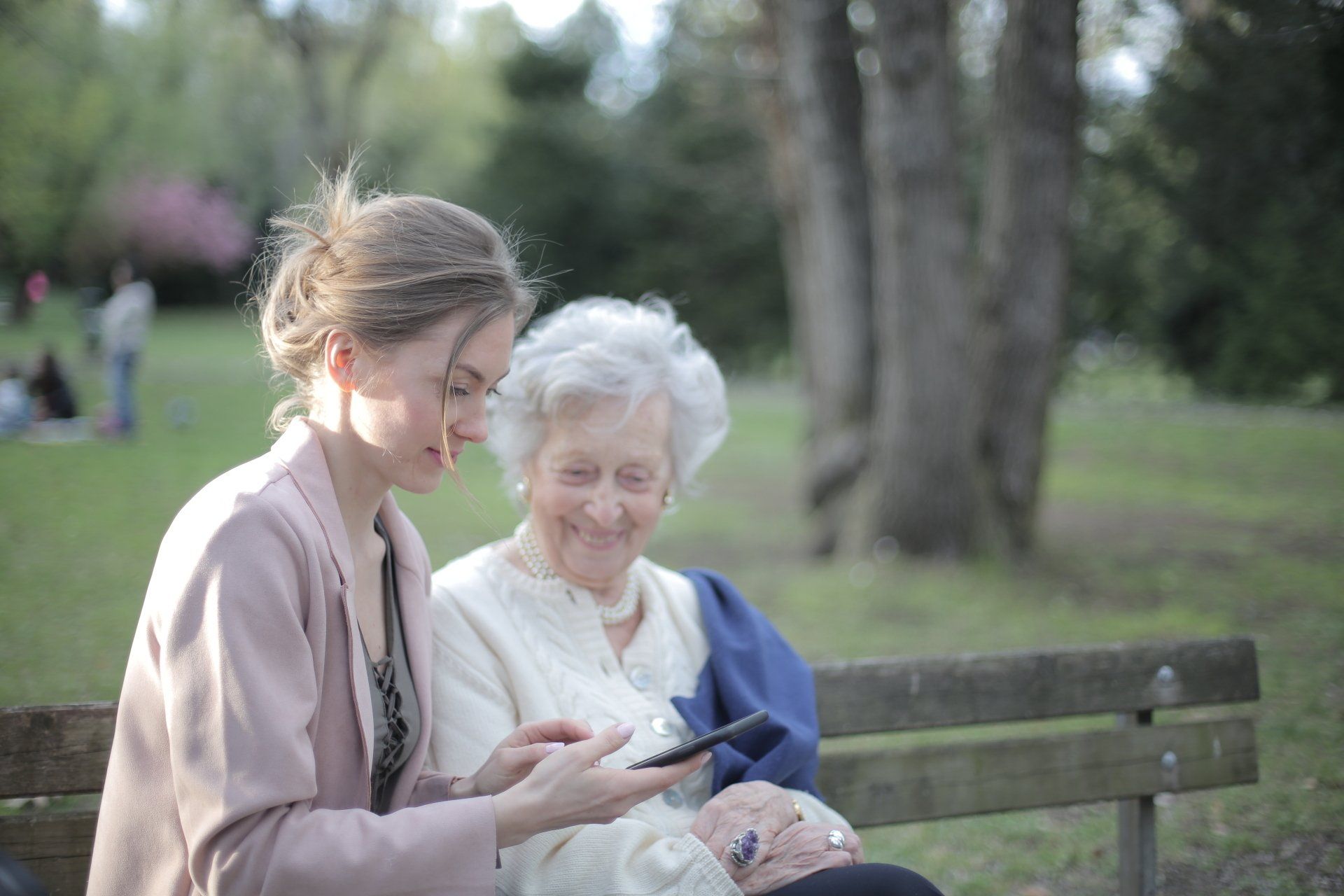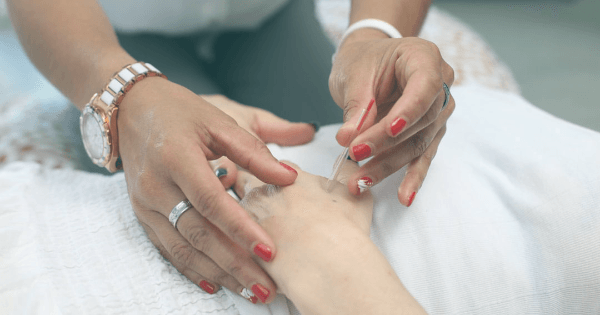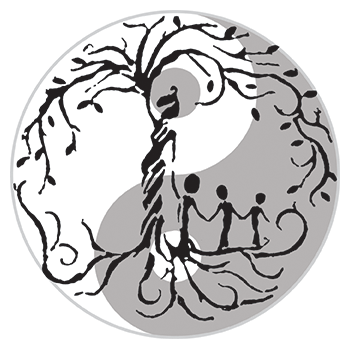Blog Layout
Danielle Speciale • January 16, 2020
The Benefits of Acupuncture and Massage Therapy
Acupuncture is enormously popular -- and with good reason. In the U.S. alone, 14 million people have been treated with acupuncture. Experts support the widespread use of this treatment, as acupuncture has been recommended for more than 200 health conditions and symptoms by the World Health Organization.
Massage therapy is also hugely popular in the United States. Approximately 47 to 63 million adults in this country, or 21% of women and 16% of men, had at least one massage between July 2017 and July 2018. Research shows that massage is highly beneficial for health. A study discussed in a recent issue of the International Journal of Preventive Medicine found that massage therapy treatment could help lower blood pressure in women who are at risk for hypertension. Subjects' reduction in blood pressure was seen for as many as 72 hours after massages were administered.
The Benefits of Acupuncture and Massage Therapy
One of many traditional Chinese medicine techniques, acupuncture is used to address musculoskeletal problems, relieve symptoms of depression and anxiety, combat muscle pain and migraine headaches, help people lose weight or stop smoking, and treat infertility, among other conditions. Health problems are believed by many to be the result of imbalanced energy flow in the body. Acupuncture
redirects energy through the insertion of needles at precise places in the body. A session generally lasts for three-quarters of an hour to a full hour.
Massage therapy helps with relaxation by relieving pain, stiffness, and tension. It can be applied all over the body or on specific problem areas. Massage can relieve temporomandibular joint (TMJ) pain as well as migraine headaches and can be part of prenatal care. A massage can take anywhere between 15 minutes to a full hour.
It's easy to see why millions of Americans have chosen acupuncture and massage therapy as part of their wellness maintenance. Both techniques provide numerous benefits without drugs or invasive procedures. Acupuncture and massage are gentle, proven methods of reducing pain and stress and treating chronic health conditions. Contact a qualified acupuncturist or massage therapist in your area for more information.

March 29, 2024
Another choice to make. Another decision to make. When does it end? Does it ever feel as if you have a million decisions to make in a day, only to hit repeat for the next day? Then your spouse/friend/ partner asks what you would like for dinner and the all too famous answer of “i don’t care” or “ I don’t know” comes out. If this sounds like you, you might be suffering from what’s called, decision fatigue. Yes, this is a real thing.

March 28, 2024
Are you in that sandwich generation where you still have young children who need your care and aging parents who also need your care? Whether you live with the person that you are caring for or spend time traveling to them to provide care, it can be taxing on you as a caregiver. All too often caregivers “forget” to take care of themselves or put themselves at the bottom of the priority list

By Danielle Speciale
•
April 20, 2020
Acupuncture is a form of treatment -- and a key component of traditional Chinese medicine -- that involves inserting thin needles through the skin at particular points on the body. Research suggests that triggering these points can bring the energy flow back into proper balance, relieving pain and addressing medical conditions such as musculoskeletal issues, anxiety and depression, infertility, GI disorders, migraines, and more. Let's take a look back at the history and origins of this practice. China: Pre-Common Era Acupuncture procedures have been used by the Chinese and in other East Asian cultures to restore and maintain health and well-being for roughly 2,500 years. The earliest known medical account of these traditional Chinese medicine techniques is recorded in The Yellow Emperor's Classic of Internal Medicine from the Han Dynasty (206 BCE to 220 ACE). Documentation has been found suggesting that the use of sharpened stones and bones to puncture the skin was present in 6,000 BCE, prior to the Han Dynasty. However, while some anthropologists interpret this to be an early form of acupuncture, others propose that these were merely surgical tools for draining abscesses and drawing blood. The Yellow Emperor's Classic of Internal Medicine is the first document that unequivocally describes an organized method of diagnosis and treatment that we recognize today as acupuncture. The text illustrates the concepts of channels in which the Qi (life force) flows, though the exact anatomical locations of these acupuncture points weren't developed until later. China: Ming Dynasty The practice of acupuncture was developed over the next few centuries and eventually became one of the most common traditional Chinese medicine techniques. During the Ming Dynasty (1368-1644), The Great Compendium of Acupuncture and Moxibustion was published, teaching the principles of acupuncture that inform our current methods. The text describes the 300-plus points that are considered openings to the channels in which needles are inserted to control the flow of Qi. Europe: 17th-19th Centuries Traditional Chinese medicine made its way West in the second half of the 17th century, at which time the surgeon-general of the Dutch East India Company met Japanese and Chinese acupuncture practitioners and published the first detailed description of the practice for a European audience, coining the term "acupuncture" in his 1683 text. France was an early adopter of acupuncture in the West as Jesuit missionaries brought the treatment to French clinics. And French doctor Louis Berlioz is credited as the first person to truly experiment with the acupuncture in Europe in 1810. United States: 20th Century Acupuncture reached the United States after President Nixon’s trip to China in 1972. That same year, the U.S.'s first legal acupuncture center was established, and in 1973, the IRS announced that acupuncture procedures could be deducted as a medical expense. In 1995, the U.S. Food and Drug Administration (FDA) officially classified acupuncture needles as medical instruments. Just two years later, in 1997, the National Institutes of Health (NIH) recognized acupuncture as an effective therapy for a number of health conditions. Though acupuncture procedures originated in China, the practice is used throughout the world today. In fact, approximately 14 million Americans have reportedly used or currently use acupuncture treatments. If you want to learn more, or you're looking for acupuncture in Smithtown NY, contact Just Enjoy Life today!
CONTACT
Smithtown, NY
OPENING HOURS
Available 7 Days a Week
Open Hours by Appointment Only
OPENING HOURS
Available 7 Days a Week
Open Hours by Appointment Only
© 2025
Just Enjoy Life | Privacy Policy & Accessibility | All Rights Reserved | Powered by PS Digital
